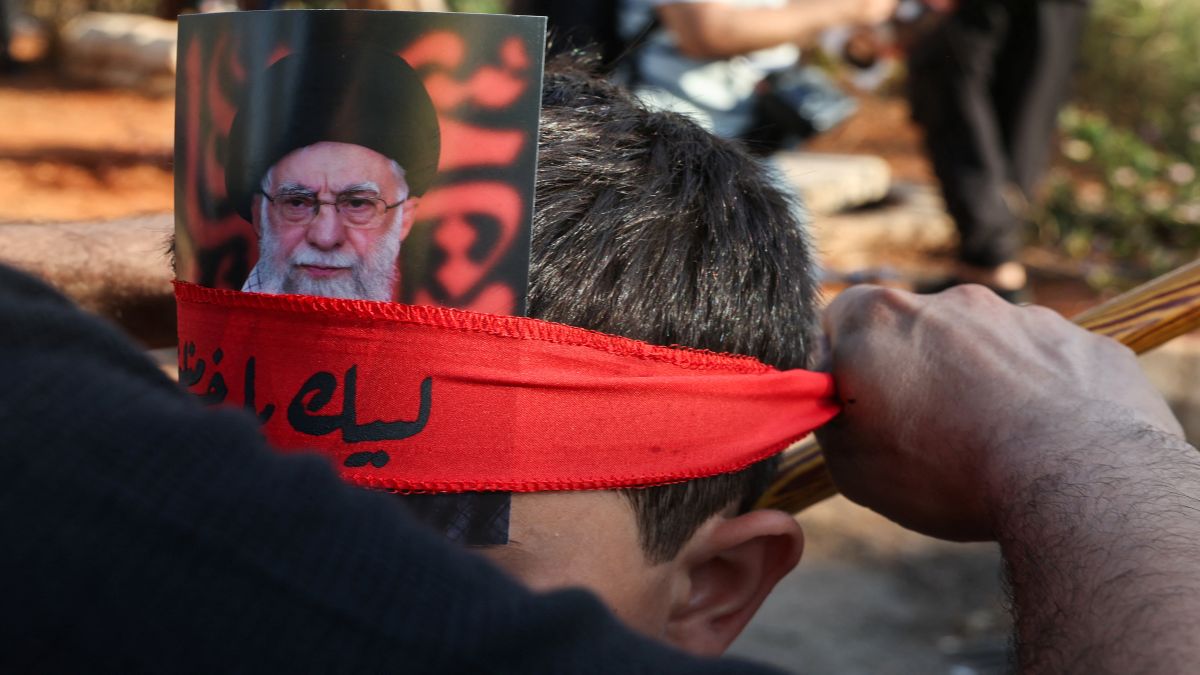What was the objective of Israel’s strikes on Iran? Israel Prime Minister Benjamin Netanyahu said that Operation Rising Lion was launched on June 13 to eliminate the nuclear and missile threat posed by the Iranian regime.
“The Islamic regime, which has oppressed you for almost 50 years, threatens to destroy our country,” Netanyahu had said. “The objective of Israel’s operation is to thwart the Islamic regime’s nuclear and ballistic missile threat to us.”
And now, on Thursday (June 26), days after Israel and Iran have agreed to a US-brokered ceasefire, Defence Minister Israel Katz has revealed that Israel sought to kill Iran’s Supreme Leader Ayatollah Ali Khamenei . However, the opportunity never presented itself.
But how is it that Khamenei evaded Israel?
Did Israel seek to eliminate Khamenei?
Israel’s Defence Minister in a series of interviews on Thursday said that his country wanted to kill Iran’s Supreme Leader Ayatollah Ali Khamenei during the recent 12-day war. “We wanted to eliminate Khamenei, but there was no operational opportunity,” said Katz in an interview with Israel’s Channel 13.
“If he had been in our sights, we would have taken him out,” Katz further added, saying that Israel “searched a lot” for Khamenei but the operational opportunity did not arise.
In similar comments to other Israeli news outlets, Katz said that Iran’s Supreme Leader had been marked for death, but Israel was unable to find him — as he hid deep inside an underground bunker, breaking off all communication with commanders.
This is the first time that Israel has admitted to targeting senior leadership in Iran. During the military hostilities between Israel and Iran, the Jewish nation’s administration maintained that the attacks were on Iran’s nuclear infrastructure.
When asked if Israel’s ally, the United States, had signed off on Khamenei’s assassination, the defence minister claimed that such permission was not needed. Earlier, it had been reported that US President Donald Trump had vetoed an Israeli plan to kill Ayatollah Ali Khamenei. Two US officials told Reuters that the Israelis reported they had an opportunity to kill the top Iranian leader, but the president waved them off of the plan.
And would Israel target Khamenei now after the ceasefire ? Katz said, “There’s a difference — before the ceasefire, after the ceasefire.” However, he warned the Iranian leader of getting complacent. “He should learn from the late Nasrallah (the Hezbollah leader, Hassan Nasrallah ), who sat for a long time deep in the bunker. I recommend that he do the same thing.”
Where is Iran’s Khamenei?
Meanwhile, Ayatollah Ali Khamenei still remains hiding in a bunke r, one that he reportedly retreated to when Israel began its strikes on June 13. Until the war began, the 86-year-old leader was secure in a compound in central Tehran called the “beit rahbari” — or leader’s house.
Reports state that Khamenei is hidden in a bunker in Lavizan in Tehran’s northeastern suburbs. He is believed to be holed up with his family, including his son, Mojtaba - who has been pegged as a potential successor to the ageing supreme leader. What’s even more notable is that the Ayatollah is under the protection of a top-secret elite unit, which no one knew even existed.
A Telegraph report states that fearing Israel’s penetration into the regime, the Iranian leader established a unit of bodyguards that no one, not even senior officials of the Islamic Revolutionary Guard Corps were made aware of. The guards of this unit were deeply vetted before being entrusted the responsibility of keeping the Iranian leader safe.
Also aware of the fact that US and Israel would be monitoring communication devices, the Iranian leader suspended all electronic forms of contact with aides and commanders. The New York Times quoting Iranian officials said that Khamenei mostly spoke with his commanders through a trusted aide, which, in turn, made it harder for Israel to find him.
What next?
But as concerns emerged of the Iran Supreme Leader’s well-being , two days after a ceasefire came into effect, he resurfaced on television on Thursday, claiming Iran would “never surrender” to the United States.
“The US President [Donald] Trump unveiled the truth and made it clear that Americans won’t be satisfied with anything less than surrender of Iran … such an event will never happen,” Khamenei said.
He also downplayed the US strikes on three Iranian nuclear sites, saying that US President Donald Trump had exaggerated its impact. “They could not achieve anything significant,” Khamenei said.
“The Islamic republic won, and in retaliation dealt a severe slap to the face of America,” he said, a reference to Iran’s missile attack targeting the US airbase in Qatar, which caused no casualties.
With inputs from agencies
)